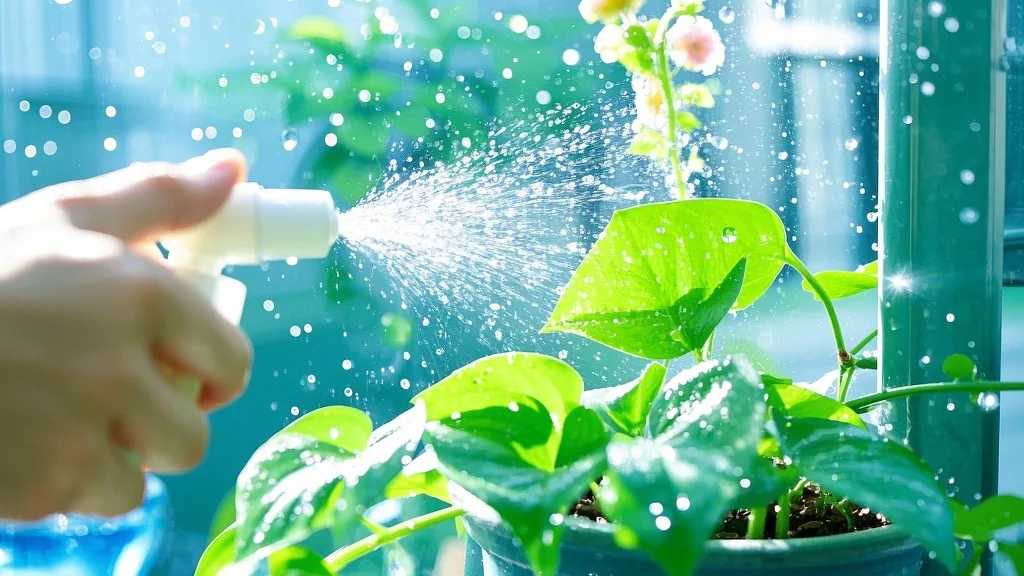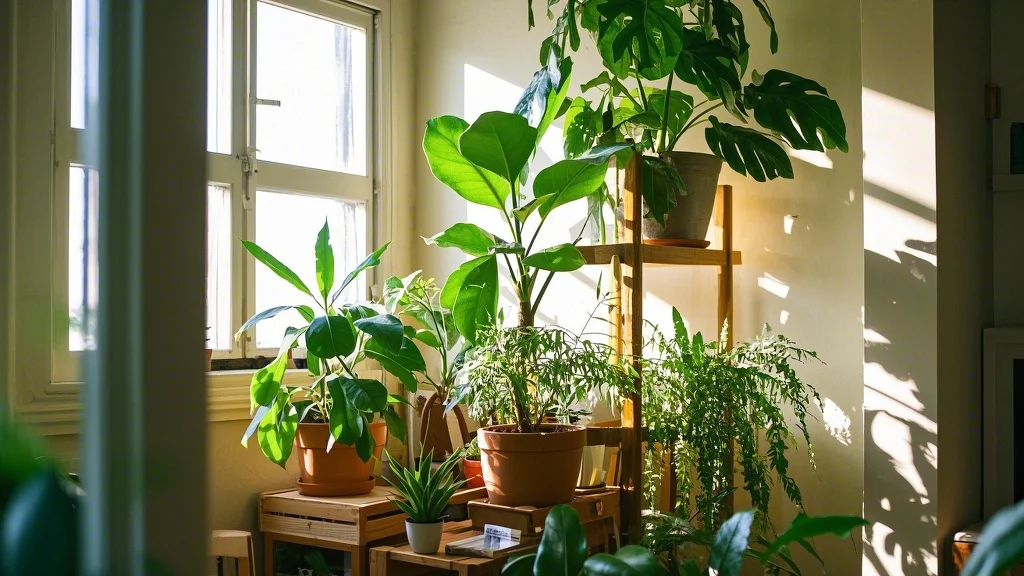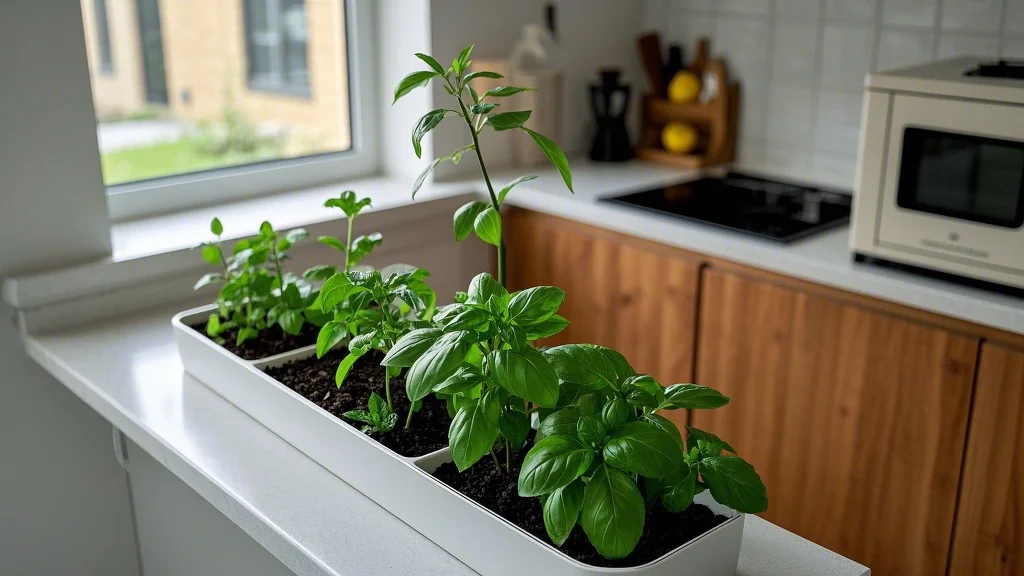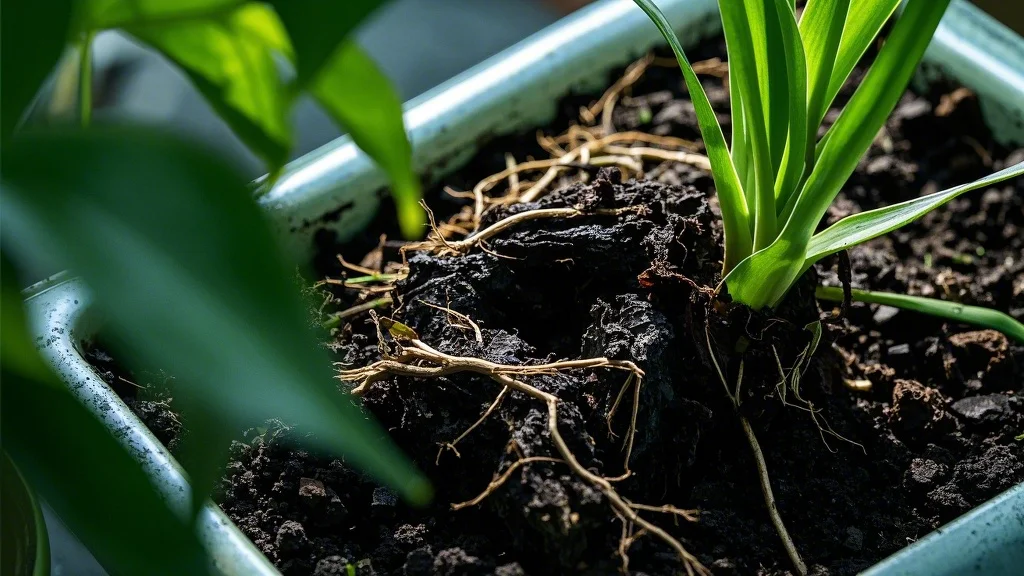When I brought home my first pothos plant from a local nursery five years ago, I had no idea I was beginning a journey that would transform nearly every aspect of my life. What started as a simple desire to add some greenery to my apartment has blossomed into a profound relationship with the natural world that has changed how I approach my daily routines, mental health, and even my relationships with others.
Plant parenthood, as many affectionately call it, isn’t just about keeping green things alive. It’s about cultivating patience, mindfulness, and a deeper connection to the rhythms of life itself. Through the quiet moments of watering, pruning, and observing growth, I’ve discovered lessons that extend far beyond my urban jungle.
Contents
Finding Mindfulness in the Mundane

Before plants entered my life, I was constantly rushing—always focused on the next task, the next goal, the next milestone. My mind rarely settled in the present moment. Then came the daily rituals of plant care: checking soil moisture, rotating pots for even sunlight, gently wiping dust from leaves. These simple acts required me to slow down and pay attention.
There’s something meditative about caring for plants that modern life rarely offers. When I’m inspecting a new leaf unfurling on my monstera or carefully removing dead foliage from my peace lily, I’m fully present. My breathing slows. My shoulders relax. The constant chatter of my thoughts quiets, if only for those few minutes.
This practice of plant-centered mindfulness gradually spilled into other areas of my life. I found myself more aware of subtle changes in my environment, more attentive in conversations, and more appreciative of small daily pleasures. My plants taught me that there’s beauty and meaning in the mundane—a lesson I might have otherwise missed in our achievement-oriented culture.
Learning Patience and Resilience
In our world of instant gratification, plants operate on their own timeline. No amount of hovering or wishful thinking will make a seed germinate faster or a cutting root overnight. This forced patience was initially frustrating for someone accustomed to immediate results, but it gradually reshaped my perspective on time and progress.
I remember waiting three months for my fiddle leaf fig to show any signs of new growth after repotting. I checked it daily, wondering if I had somehow killed this notoriously finicky plant. Then one morning, I spotted a tiny green bud forming—proof that growth had been happening all along, just beneath the surface and invisible to my impatient eyes.
Plants have taught me that meaningful change often happens slowly and that periods of apparent dormancy are essential parts of the growth cycle. This wisdom has helped me navigate career setbacks, creative blocks, and personal challenges with more grace and trust in the process.
The resilience of plants continues to amaze me. I’ve watched seemingly dead specimens spring back to life with the right care, and witnessed how quickly many plants adapt to changing conditions. My spider plant that survived a heating malfunction during a winter vacation and my jade plant that recovered from severe overwatering showed me what resilience truly looks like. These green survivors remind me daily that setbacks aren’t the end of the story—they’re often just another chapter in growth.
Creating Sacred Space in Urban Life

Living in a small apartment in the city often felt confining and disconnected from nature. The constant noise, concrete surroundings, and artificial lighting created a subtle but persistent sense of alienation from the natural world. My growing collection of houseplants transformed my living space into something that feels like a sanctuary.
There’s scientific evidence behind this feeling. Studies have shown that indoor plants can reduce stress levels, improve air quality, and even enhance cognitive function. But beyond these measurable benefits, my plants have created a psychological shift in how I perceive my home. What was once just a place to sleep and store my belongings has become a living, breathing ecosystem that I participate in nurturing.
This transformation of space has had profound effects on my mental health. On days when anxiety runs high or when the pressures of work feel overwhelming, I can retreat to my plant-filled corner and find immediate relief. The simple act of being surrounded by growing things provides a grounding effect that few other interventions can match.
My friends have noticed this change too. “Your place has such good energy now,” is a comment I hear frequently. Visitors linger longer, conversations flow more easily, and the atmosphere feels more conducive to authentic connection. My plants have helped create a space where both people and living things can flourish.
Developing a New Relationship with Failure
Before becoming a plant parent, I viewed failure as something to be avoided at all costs—a reflection of personal inadequacy rather than a natural part of learning. Plants quickly challenged this perspective. Despite my best efforts and research, I’ve killed my fair share of houseplants. My first calathea crispy-leafed its way to the compost bin. An expensive rare alocasia succumbed to spider mites. My attempts at growing herbs indoors have been hit-or-miss at best.
Each plant loss initially felt like a personal failure. But as my collection grew, I began to see these experiences differently. They weren’t failures so much as valuable data points—information about my home’s conditions, my care habits, and the specific needs of different plant species. I started keeping a plant journal, noting what worked and what didn’t, gradually building my knowledge through both successes and disappointments.
This shift in perspective has been revolutionary in other areas of my life. Professional setbacks, creative projects that don’t pan out, and personal mistakes no longer carry the same sting of shame. Instead, I approach them with curiosity: What can I learn here? What might I try differently next time? How is this “failure” actually helping me grow?
Connecting with a Global Community
One unexpected gift of plant parenthood has been the community it’s connected me to. What began as casual conversations with nursery employees evolved into friendships with fellow plant enthusiasts, participation in swap meets, and engagement with a vibrant online community of plant lovers from around the world.
Plants have a unique way of transcending typical social barriers. I’ve found myself exchanging propagation tips with neighbors I previously only nodded to in passing. My social media feeds, once filled with the usual mix of political opinions and vacation photos, now include regular exchanges with plant friends from different countries, cultures, and backgrounds. Our shared love of greenery creates an immediate connection that often leads to deeper relationships.
This sense of community became especially valuable during the isolation of the pandemic. When in-person socializing wasn’t possible, my plant connections provided a lifeline of shared experience and mutual support. We exchanged photos of new growth, commiserated over pest problems, and celebrated successful propagations together from afar.
Rediscovering Wonder and Curiosity
Perhaps the most profound change plants have brought to my life is the rekindling of childlike wonder and curiosity. In adulthood, it’s easy to become jaded, to feel like we’ve seen it all before. Plants shattered that illusion for me.
The first time I witnessed my prayer plant folding its leaves at dusk, I was filled with the same awe I remember feeling as a child seeing shooting stars. When my avocado pit sprouted after weeks of watching and waiting, the excitement was palpable. Each new leaf, flower, or root remains a small miracle that never grows old.
This renewed sense of wonder has made me more curious about the natural world in general. I find myself researching plant biology, learning about ecosystems, and developing a deeper appreciation for the complex web of life that sustains our planet. This curiosity has enriched my understanding of everything from climate change to food systems, making me a more informed and engaged citizen.
The wonder extends to human ingenuity as well. Learning about how different cultures have used and cultivated plants throughout history has given me a greater appreciation for traditional knowledge and the countless ways humans have co-evolved with plant life. From traditional medicine to agricultural practices, the relationship between people and plants tells a fascinating story of mutual adaptation and benefit.
Cultivating Responsibility and Care
Becoming responsible for the wellbeing of living things has cultivated a deeper sense of care that extends beyond my plant collection. There’s something powerful about the daily practice of tending to the needs of other living beings, even when those beings can’t express gratitude or immediately reciprocate care.
This practice of unconditional nurturing has made me more attentive to the needs of people in my life as well. I find myself checking in on friends more regularly, listening more carefully to family members, and generally being more attuned to the wellbeing of those around me. The habits of observation and response that plant care requires translate surprisingly well to human relationships.
On a broader scale, caring for plants has deepened my commitment to environmental stewardship. Understanding the specific needs of my houseplants has made me more aware of the complex requirements of natural ecosystems and more concerned about threats to biodiversity. What began as an aesthetic interest in greenery has evolved into a more holistic environmental ethic that influences my consumption choices, political priorities, and vision for the future.
Conclusion: Growing Together
Five years into my plant parenthood journey, I can confidently say that my life has been transformed in ways I never anticipated when I brought home that first humble pothos. Through daily care and observation, my plants have taught me patience, resilience, mindfulness, and wonder. They’ve connected me to a global community, transformed my living space, and reshaped my relationship with failure and growth.
The beauty of plant parenthood lies in its reciprocity—as we nurture our plants, they nurture something essential in us. In tending to their growth, we inevitably tend to our own. As my collection continues to expand and evolve, I look forward to the new lessons, connections, and discoveries that await in this ongoing journey of growing together.
For anyone considering adding some greenery to their life, I can only say this: that first plant might be the beginning of a profound transformation. The rewards of plant parenthood extend far beyond the aesthetic beauty of foliage—they reach into the very roots of how we experience our lives, our homes, and our connection to the living world around us.









